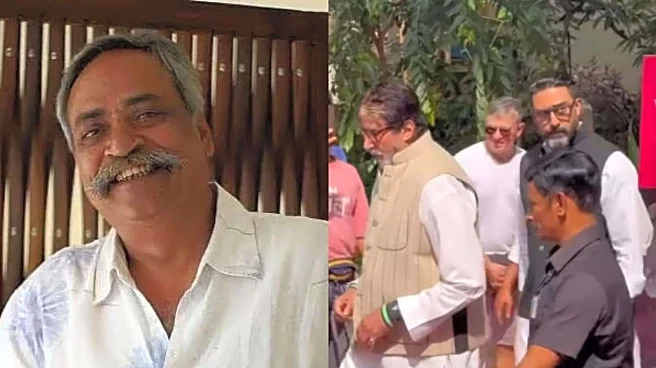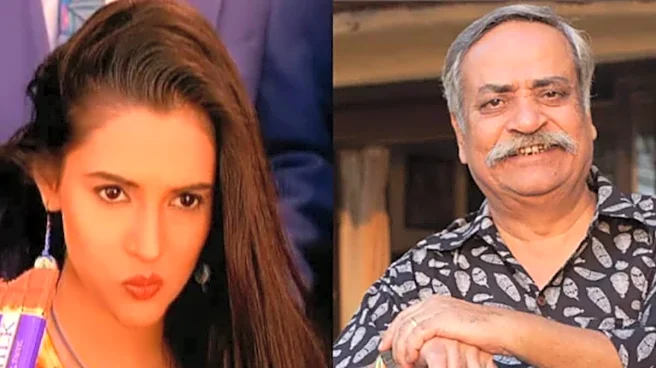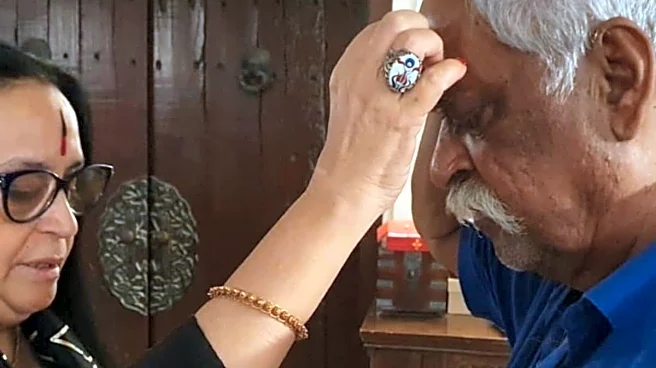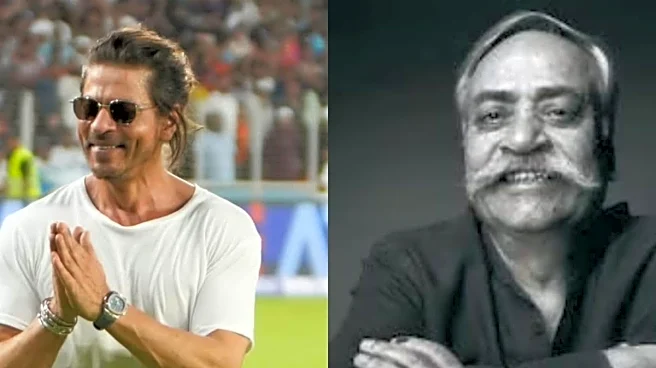The cover stories of Brand Equity in the early to mid-1990s were dominated by the superheroes of Indian advertising such as Mike Khanna, Rajan Kapoor, Prem Kamath, Mohammed Khan and Gerson da Cunha. While these gentlemen were towering figures, one still heard stories of the legends—Alyque Padamsee, Suresh Mullick, Subhas Ghosal. Advertising was caught between the stubborn nostalgia of the past and an almost suffocating status quoism of the present.
When suddenly—and I don’t remember exactly when—a Hindi-speaking, Pan Parag-chewing boy from Jaipur, sporting a
Such was the force with which he arrived that the collective advertising royalty of the 1980s could not ignore or contain his boisterous laughter. The raucous, almost deafening, cuss words from the heartland that Piyush Pandey used with gay abandon turned things upside down in the old world order. Many hated Piyush. Many, many more loved him. But nobody could ignore the man with a mission to put Indian at the heart of advertising, for the first time and forever after.
It’s probably not fair to give the entire credit for Mile Sur Mera Tumhara to Piyush Pandey; the creative force behind it was the legendary Suresh Mullick. But it was Piyush, a young copy writer in those days, who gave lyrical flight to Mullick’s vision and announced his arrival at O&M as the rising creative star.
Alyque Padamsee may have had his Liril girl titillate an entire generation but it was Piyush’s Cadbury girl who broke free, danced on the cricket pitch and captured the imagination with simplicity and heart-tugging creativity. His work for Fevicol cemented his position and took his fame to the Mecca of global advertising—Cannes!
Piyush didn’t play by the rules. He didn’t give a damn. He wasn’t an officer or a gentleman. He was a pure creative at heart and he didn’t push the envelope--he tore it. And before we knew it he had sidelined the suits—as the client servicing folks were called—for the creative guys to take over as CEOs of ad agencies…
At O&M itself, one of the greatest and most admired partnerships—between the beloved then-CEO Ranjan Kapur and national creative director Piyush Pandey—started coming off at the seams in the late 1990s. In what was an ugly internal battle between the giants, Piyush finally managed to edge out Ranjan from the top job. And he proved the cynics wrong in their stoic belief that a creative man could not helm an ad agency. Later creative directors such as Balki (R Balakrishnan) from Lintas and Prasoon Joshi from McCann took over as CEOs of their respective agencies, sidelining and silencing the suits for decades to come.
Around the time of this power struggle at O&M, Brand Equity front-paged the story of Piyush Versus Ranjan. We spoke to a lot of people who’d worked with Piyush and wrote a rare not-so-flattering account of the man who’d been there and done it but often used unconventional methods to get to the top. At the centre of this story was a huge illustration—of Piyush with a bullseye on the back of his teeshirt with many arrows on them seeming to suggest that he was under attack.
The firebrand team at Brand Equity led by Bull, aka Harihar Narayanswamy, and the calm but not-so-collected Malika Rodrigues had put out a fascinating account of what was then going on at O&M. Piyush, by all accounts, was livid with the team he shared an incredible rapport with. But he was rarely used to criticism. We got love and hate for the story in equal measure but it did put Piyush off for some time from The Economic Times.
At a big advertising party soon after, where the entire Brand Equity team was present and so was Piyush, we were all expecting a kind of showdown. We avoided each other for a while before Piyush was suddenly bang in front of us: “Partner,” he said and hugged me tightly and warmly. “Pata hai, my mother called me this morning from Jaipur and wanted to know if all was well with me. She said why have so many arrows been shot at you (referring to the illustration).” I was a little embarrassed, to say the least. There was a small crowd that had gathered around us. Piyush continued nonchalantly: “I said ma Brand Equity has done hundreds of articles on me and 99% of them have been positive. So why hold this one against them.” What followed was laughter rending the air and breaking the ice. Many drinks later, we had buried the hatchet.
That was Piyush—he took the ups without undue fuss and the downs with equanimity.
Breaking the rules was not his greatest strength; it was competing fiercely under any and all circumstances. If Piyush led the creative pitch, the outcome was known beforehand—other agencies had very little chance. O&M had become such a creative force under his leadership that it almost held a moral sway over most award shows. So much so that rival creative director Balki walked out of the Abbys to start his own awards within Lintas. The bitter rivalry between the two is stuff of advertising folklore.
Piyush not only competed with rival agencies, he stoked competition within O&M’s battery of creative talent. I remember the days when after a few drinks in the evening, he would snatch pieces of paper from his colleagues and rewrite their jingles and copy in no time—and fling the paper back at them, as if he was throwing the creative gauntlet. Everyone in the room knew who the boss was.
Many young creative Turks, nurtured and groomed by Piyush, went on the head other agencies or start their own. They felt they had no room to grow, especially after Piyush passed on the creative mantle to his nephew Abhijit ‘Kinu’ Awasthi. As his protégés went onto become his rivals, the Bhishma Pitamah of Indian advertising continued to relentlessly let the arrows fly off his quiver.
When he turned 60 and the buzz that he was hanging up his boots grew louder and louder, we latched onto the big story. Kinu also quit around the same time to start his own outfit, giving grist to the mill that Piyush was backing his nephew’s agency and leaving O&M. Despite vociferous denials from both, we persisted with the story, more than once.
The story didn’t turn out the way it was reported and Piyush stayed with O&M till his last breath. In many ways, Piyush was O&M and O&M was Piyush. A few months later I left the Times group to join Network18. Piyush was amongst the first to call me: “Partner, after running this fictitious story and forcing me out of O&M, you’re the one who’s put in your papers and moved on.”
Piyush never missed an opportunity to get back. He had the finest sense of repartee. He also always had the last word. He will not be missed, but rather his presence will be felt across the creative spectrum. And his laughter will always be heard at all advertising parties.
/images/ppid_59c68470-image-176145752576724533.webp)

/images/ppid_a911dc6a-image-176129523385834709.webp)

/images/ppid_a911dc6a-image-176132276515974599.webp)




/images/ppid_a911dc6a-image-176128947846184937.webp)




/images/ppid_a911dc6a-image-176137859970494204.webp)